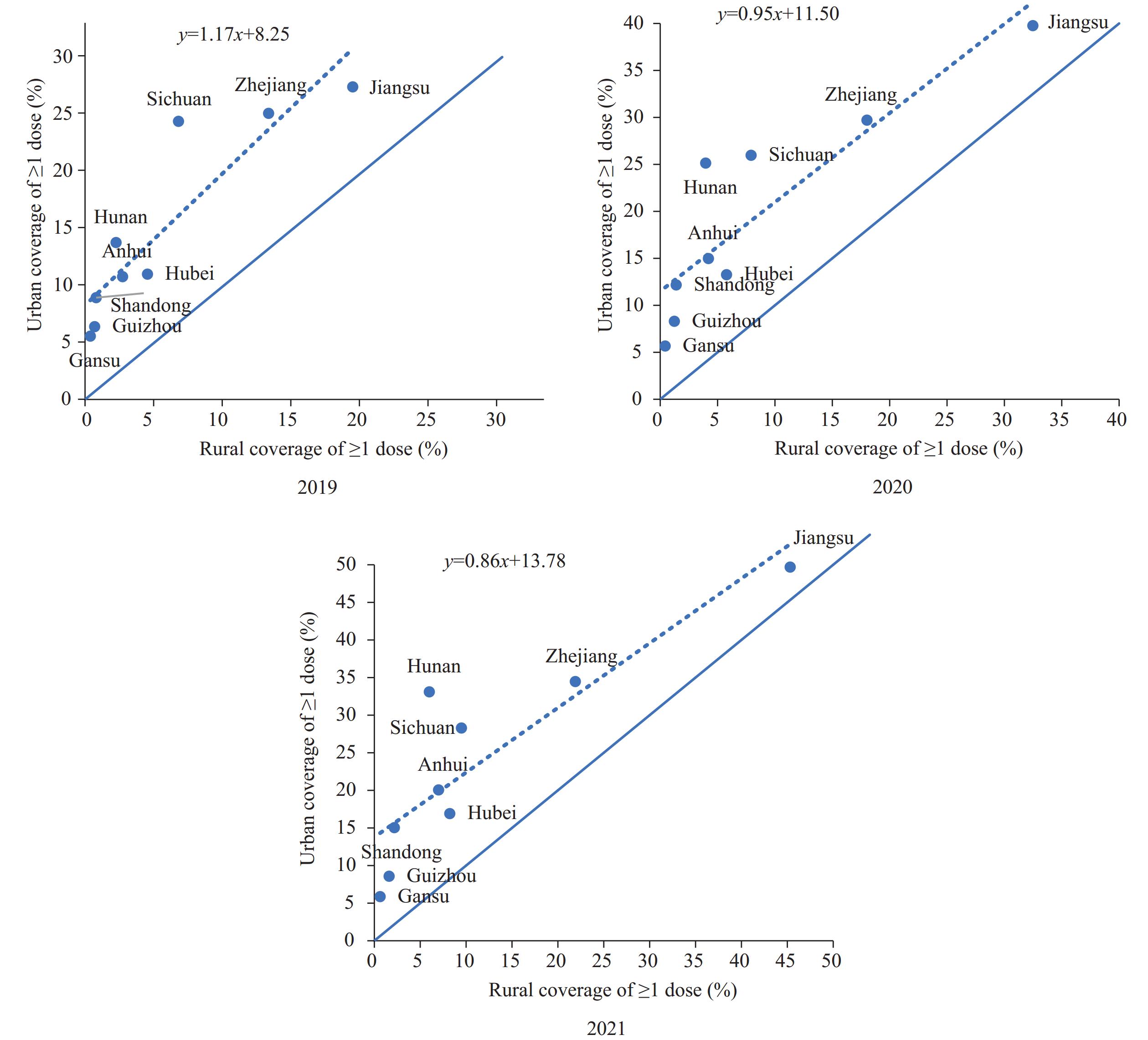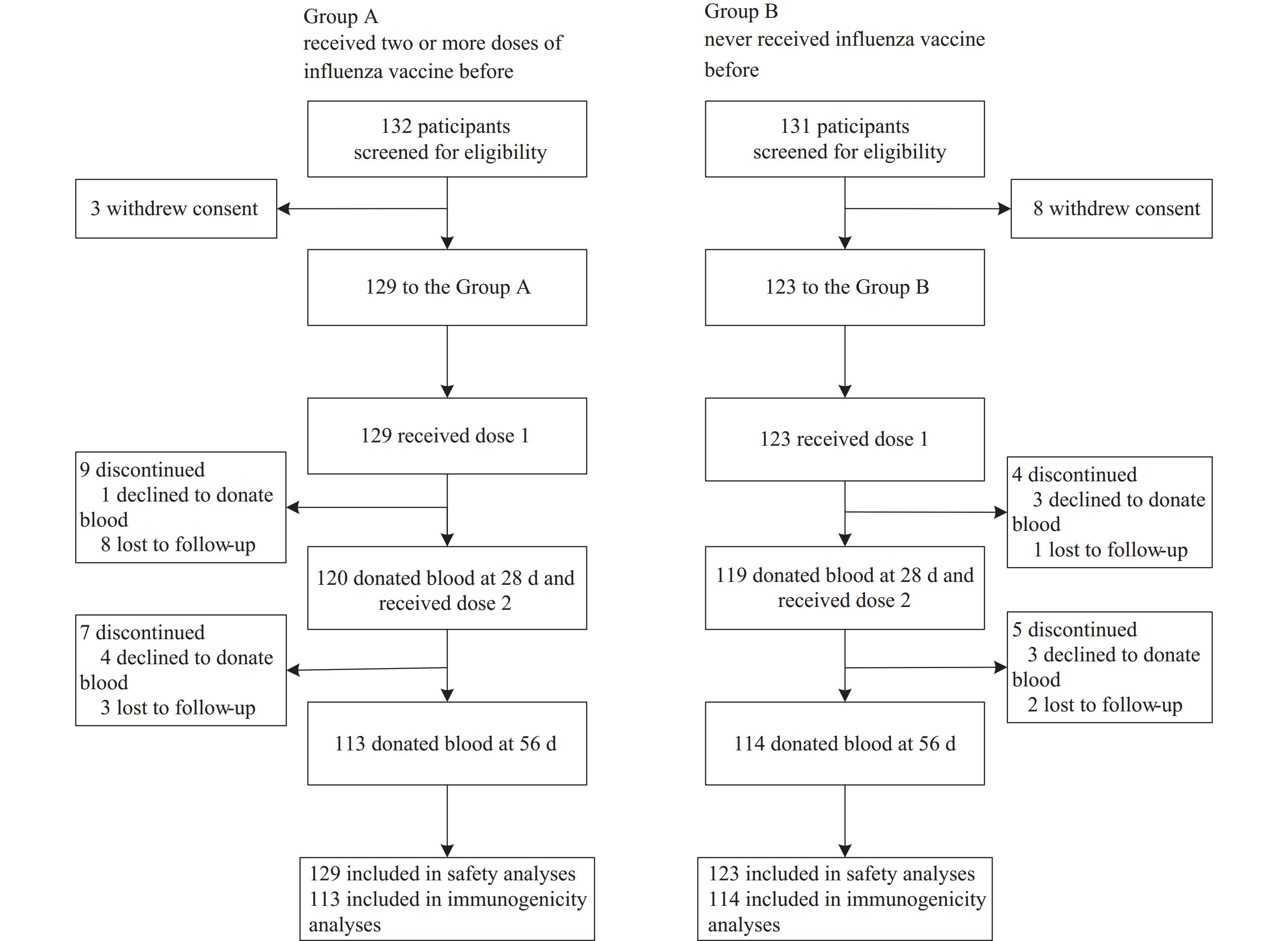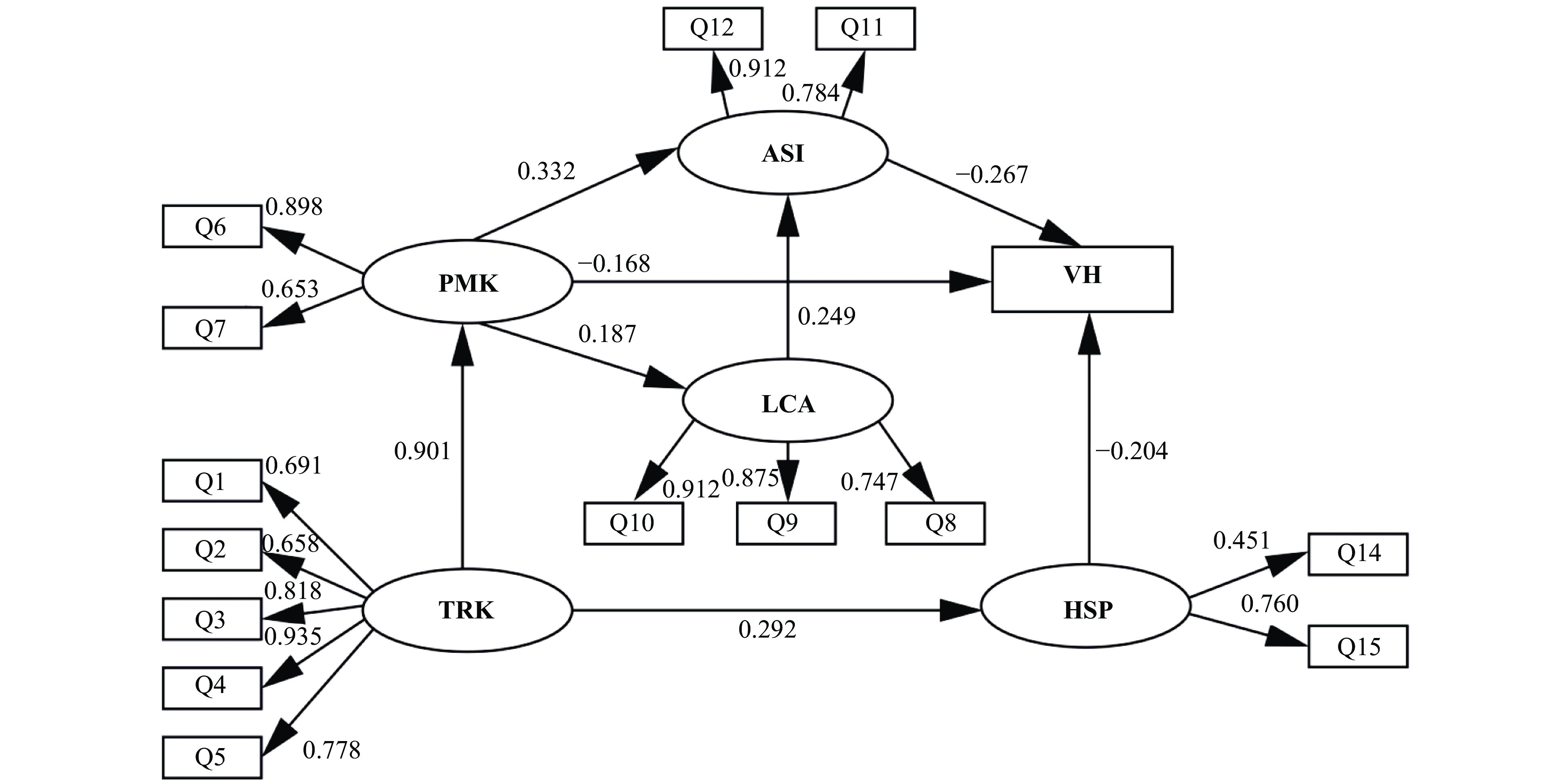2024 Vol. 6, No. 19
There is a lack of comprehensive data on the coverage of the human papillomavirus (HPV) vaccine in China. The limited published literature hampers our ability to accurately assess the current situation.
This study aimed to determine the rates of HPV vaccine coverage based on data from the electronic vaccination registry reported to the China Immunization Information System between 2017 and 2022. While there was an increase in HPV vaccine coverage each year, the overall coverage remained below the optimal level.
This study presents evidence of low HPV vaccine coverage when administered outside of a national immunization program. Therefore, it is recommended that the HPV vaccine be included in the National Immunization Program in order to meet the 2030 WHO target of achieving 90% vaccination coverage for girls by the age of 15.
In China, there is limited data available on the use and coverage of the non-program, combined diphtheria, tetanus toxoid, acellular pertussis adsorbed, inactivated poliovirus and haemophilus influenzae type b (DTaP-IPV/Hib) pentavalent vaccine, and its role as a substitute for the separately administered standalone program vaccines.
We evaluated the use and coverage of the pentavalent vaccine in nine provincial-level administrative divisions (PLADs) spanning eastern, central, and western China from 2019 to 2021. Initial use and coverage were low, but demonstrated annual growth albeit with regional and urban-rural discrepancies. The pentavalent vaccine was increasingly substituted for standalone vaccines over the course of this period.
Parents in China are increasingly opting to replace the standard program vaccines with voluntarily purchased combination vaccines, particularly the pentavalent vaccine. The development of combination vaccines should thus be promoted in China, as it could enhance utilization and coverage rates, and decrease the economic burden.
The quadrivalent influenza vaccine (QIV) provides protection against a broader range of influenza strains by including strains of influenza A/H1N1, A/H3N2, B/Yamagata, and B/Victoria.
This study aimed to assess the immunogenicity and safety of administering a single dose compared to two doses of QIV in children, taking into consideration their previous influenza vaccination history.
This study provides evidence supporting the use of a single dose of the QIV in children aged 3–8 years who have previously received two or more doses of influenza vaccine. However, children who have not been previously vaccinated with influenza vaccine should still adhere to the recommended schedule of receiving two doses.
Previous research has primarily examined the issue of hepatitis B vaccine hesitancy in migrant workers and other adult populations. However, there is a lack of studies that have specifically investigated the prevalence of hepatitis B vaccine hesitancy among university students.
In this study, 19.84% of students expressed hesitancy towards receiving the hepatitis B immunization. A negative correlation was observed between hepatitis B vaccine hesitancy and knowledge, attitudes, and practices related to hepatitis B. Conversely, a positive relationship was identified between hepatitis B-related knowledge and attitudes and practices.
This study examines the factors contributing to vaccine hesitancy towards hepatitis B at a medical university in China. The results have significant implications for developing strategies to improve hepatitis B vaccination rates.



 Subscribe for E-mail Alerts
Subscribe for E-mail Alerts CCDC Weekly RSS Feed
CCDC Weekly RSS Feed

